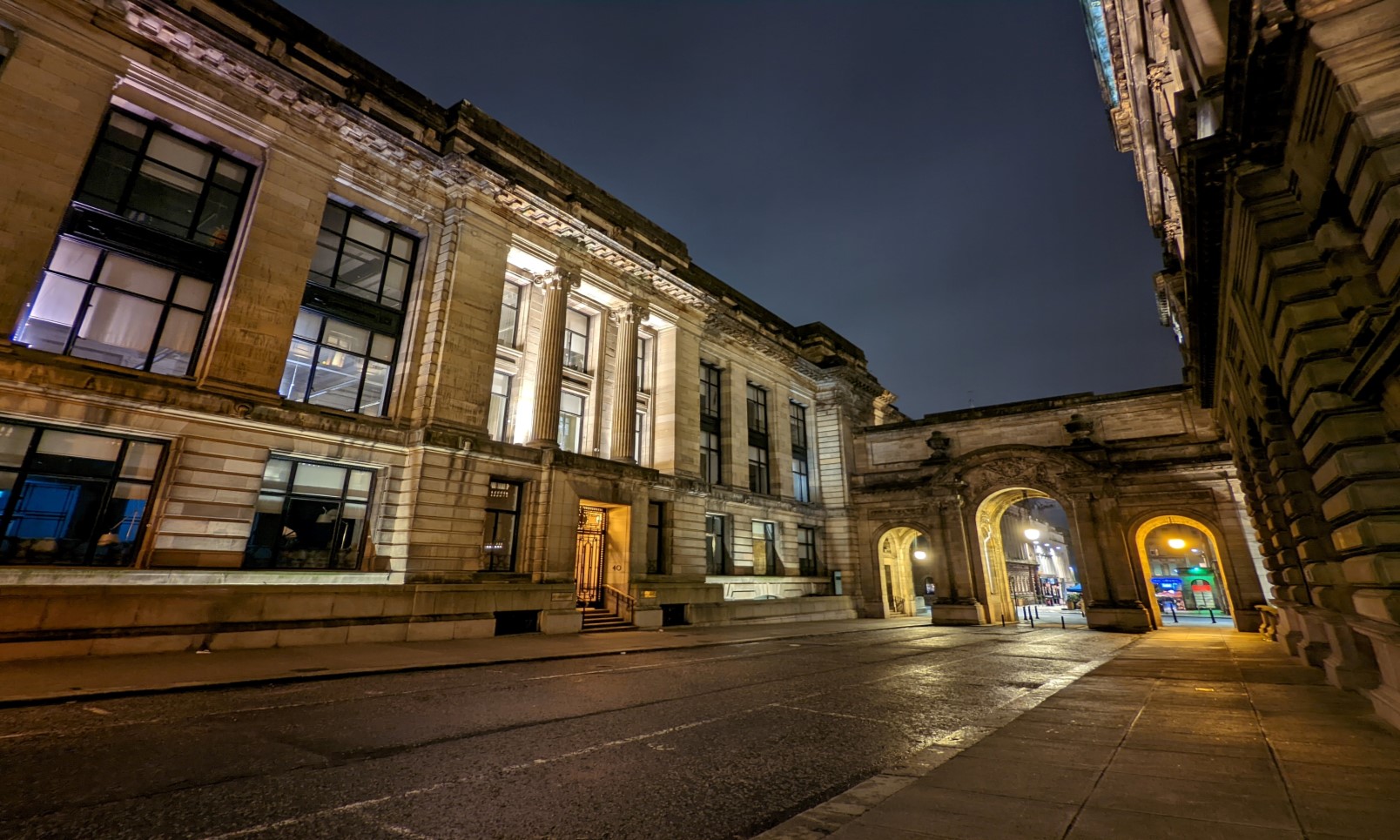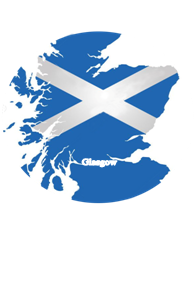With the gradual easing of lockdown restrictions, we are now increasingly including meeting details where we know them. However, this information should be regarded as tenuous at best, and we strongly advise you to check with organisers well before travelling. Above all, please observe any national or local restrictions, including social distancing. Burnham Beeches Radio […]
With the gradual easing of lockdown restrictions, we are now increasingly including meeting details where we know them. However, this information should be regarded as tenuous at best, and we strongly advise you to check with organisers well before travelling. Above all, please observe any national or local restrictions, including social distancing. A reminder now […]
With the gradual easing of lockdown restrictions, we are now increasingly including meeting details where we know them. However, this information should be regarded as tenuous at best, and we strongly advise you to check with organisers well before travelling. Above all, please observe any national or local restrictions, including social distancing. Blackwood and District […]
On Wednesday 24 June Denby Dale Amateur Radio Society held one of its weekly online club talks that have been part of its way of keeping in touch during recent months. Dan Romanchik, KB6NU gave an interesting presentation on “Having Fun with Morse Code” Following that presentation, RSGB General Manager Steve Thomas, M1ACB talked about […]
During part of April and May, 2020 John Farrar, G3UCQ used the amateur radio call sign GB9NHS to say “Thank you” to the staff of the NHS for the work they are doing during the Covid-19 pandemic and to recognise the work done by hospital staff around the world. John’s YouTube video explains how amateur […]
The RSGB remote invigilation exams were mentioned by Donna Buck, M7DON (Exam Secretary for Worksop Amateur Radio Society and one of our wonderful team of invigilators) when requesting a song on her local radio station – a great way to get some publicity without doing a full radio interview! You can hear the brief exchange […]
Radio amateur Mike, G4GUG chatted to the Editor of Third Age Matters about his enjoyment of amateur radio over the years. Amateur radio – the first social media (1-page/221KB PDF) Reproduced with permission: this article first appeared in the Summer 2020 issue of Third Age Matters magazine, the members’ magazine of the U3A movement.

